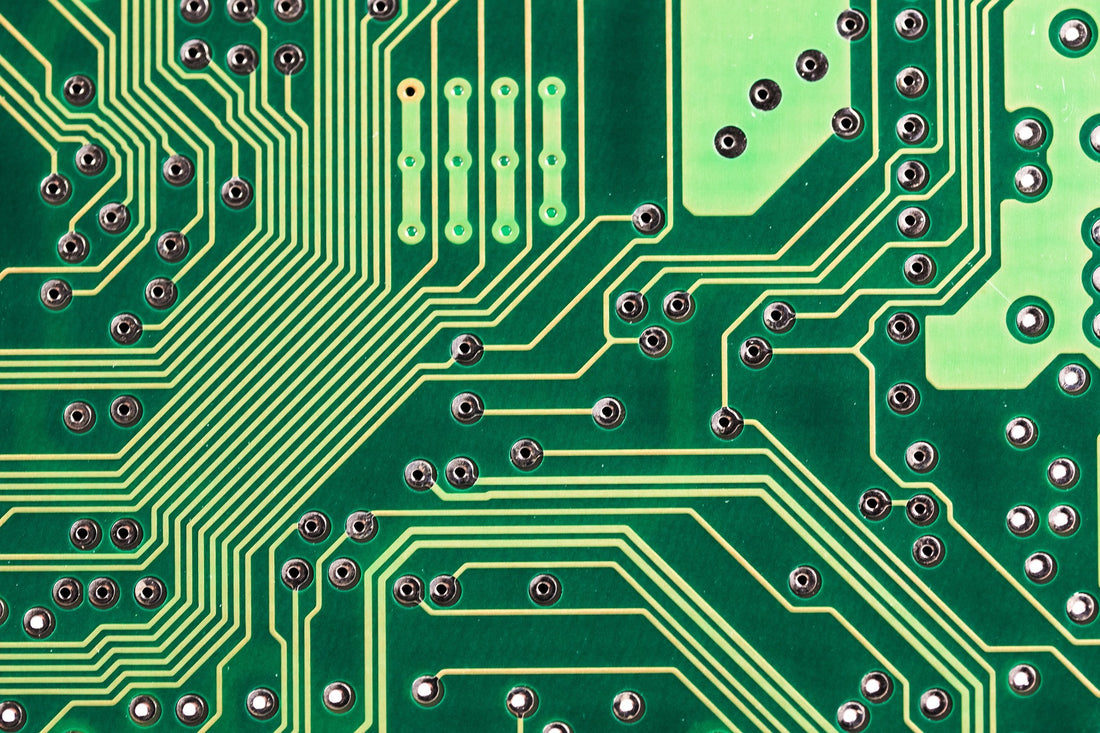Methodology
by Paul McGowan
Few things in engineering are straightforward. In fact, more often than not, how you do something is more important than what you do.
Take, for example, the task of PC board layout.
Back in the day—and that day goes back 40-something years—there were no such things as computers available for PC board layout tasks. At least not for mere mortals. Instead, rolls of sticky black tape and sheets of stick-um donut pads of all sizes were the norm. Armed with a razor blade as my only tool, I would spend days hunched over a light table rolling out circuit traces terminating in those through-hole pads.
The goal, of course, was to make a master from which circuit boards would eventually be mass-produced and used in the building of PS Audio amps and preamps. That was what we did back then. (unlike today, where all this is done on a computer in what looks somewhat like a build-it-yourself video game where pads and traces can be moved around at the click of a mouse)
The problem with hand placing parts the "old way" was twofold: getting everything to fit onto a predefined PC board size and routing all the traces without running into each other and shorting out. I spent countless hours/days ripping up my work and starting over until I devised a new methodology.
That new methodology involved a sheet of styrofoam and a box of all the parts I would need. Onto the styrofoam, I would insert the parts and move them around like chess pieces until the jigsaw puzzle of one hundred or so parts all fit in neat and orderly rows. Once placed, I could draw the major power supply routes and signal connections with a pen to make sure it all worked.
What I was doing never varied much, but how I did it mattered greatly.
From that point on, the quality and beauty of PS Audio boards took a major leap forward thanks to methodology.
- Choosing a selection results in a full page refresh.
- Opens in a new window.








